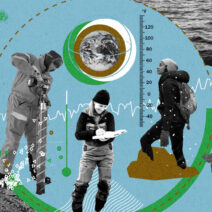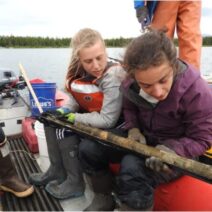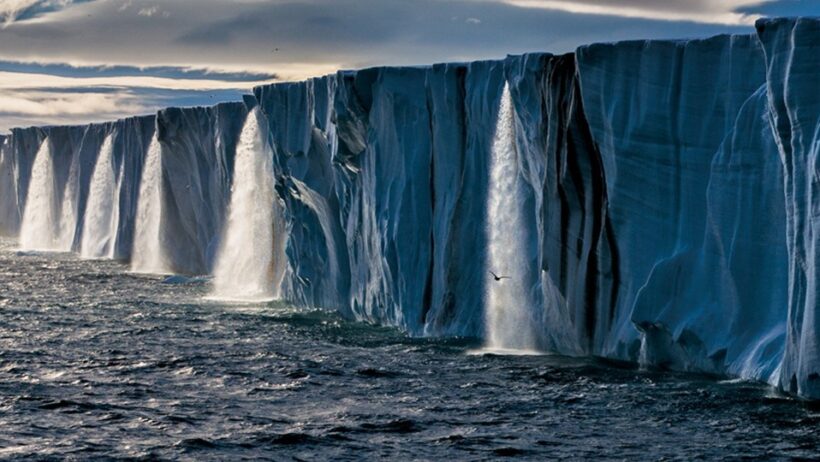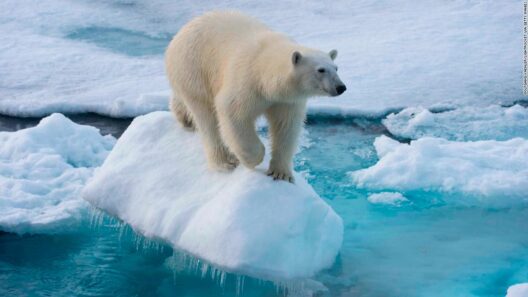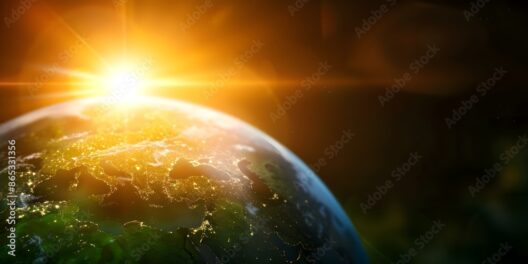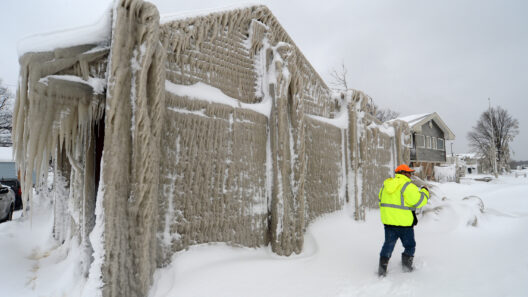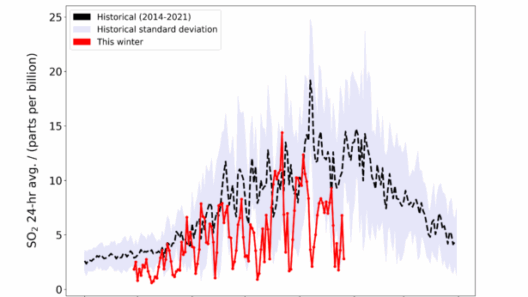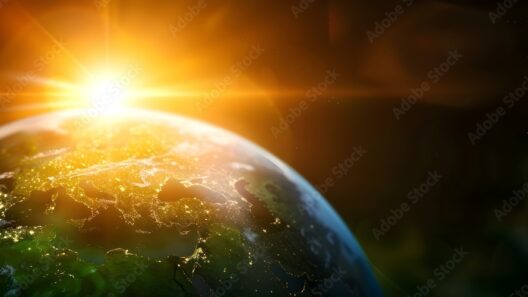Throughout the annals of Earth’s climatic history, ice ages have punctuated the planet’s narrative, leaving indelible marks on its geology and ecosystems. Concomitantly, the phenomenon of global warming has ascended to the forefront of contemporary environmental discourse. A compelling inquiry thus emerges: does an ice age precede global warming? To embark on this exploration, one must first delineate ice ages and the mechanisms driving global warming. This examination will unveil the intricate interconnectivity of these phenomena, while addressing the fascination they evoke in both scientific and societal spheres.
Ice ages, defined as prolonged periods of reduced temperatures, are characterized by the extensive expansion of ice sheets and glaciers. The Earth’s most recent glacial period, the Quaternary Ice Age, commenced approximately 2.58 million years ago, featuring alternating glacial and interglacial phases. During glacial intervals, vast swathes of the Northern Hemisphere were enveloped in ice, while interglacial periods, such as the Holocene epoch we currently inhabit, usher in warmer temperatures. The cyclical nature of these fluctuations is largely attributable to the Milankovitch cycles, which encompass variations in Earth’s orbit and axial tilt. Such changes engender significant shifts in solar radiance, influencing global climate systems over millennia.
While it might seem that ice ages and global warming are simply two sides of the same climatic coin, numerous studies have scrutinized their relationship in greater depth. The correlation between the two phenomena diverges when one considers their trajectory within the Earth’s timeline. Ice ages culminate in glacial milestones, succeeded by warming periods that typically restore climatic equilibrium. This warming is often characterized by the release of greenhouse gases sequestered in ice and permafrost—a process that accelerates the warming trajectory further and can precipitate swift and drastic shifts in climate.
The mechanisms through which ice ages can precede global warming lie intricately in the Earth’s carbon cycle. During periods of glaciation, terrestrial biospheres flourish at reduced levels of atmospheric carbon dioxide (CO2). As glaciers retreat, large volumes of carbon stored in marine sediments and terrestrial biomass may be liberated, reinvigorating the atmosphere with greenhouse gases. This release, while a natural occurrence, can amplify warming trends to unprecedented levels, leading to a heightened greenhouse effect.
This interplay evokes a common observation: the transient nature of ice ages often begets a subsequent warming phase. However, underlying factors merit consideration as well. For example, variations in ocean currents and their capacity to sequester heat play pivotal roles in climatic shifts. The melting of polar ice caps disrupts thermohaline circulation, leading to substantial feedback mechanisms. Furthermore, the alteration of albedo—a surface’s reflectivity—increases solar absorption, contributing to additional heating. As these interconnected processes unfold, the rhythm of climate change continues its relentless march.
Indeed, the fascination with the connection between ice ages and global warming, while grounded in scientific inquiry, also alludes to profound existential concerns. The notion that history might repetitively echo disturbs the serenity with which humanity approaches its future. The specter of global warming, once perceived as a distant threat, now looms large, prompting urgent calls for action and sustained engagement among policymakers and citizens alike.
Additionally, the disparate scales of time in which ice ages occur versus human-induced climate change provoke an awareness of human agency within Earth’s climatic narrative. The anthropogenic influences on global warming—exacerbated by industrialization, deforestation, and fossil fuel consumption—challenge the presumption of humans as passive observers within a greater ecological system. As the ramifications of these actions unfold, the urgency to mitigate climate change becomes apparent.
Furthermore, the examination of historical data reveals that previous warm interglacial phases culminated in significant ecological shifts and biodiversity bursts, highlighting the resilience of life even amidst extensive climatic upheaval. However, such resilience can be misleading; the pace of present-day climate change surpasses the adaptation periods that many species require. The current crisis is thus not merely a fluctuation within Earth’s climatic history but rather a stark deviation compounded by human influence.
As humanity grapples with the multifaceted dimensions of climate change, an interdisciplinary approach becomes essential. Science, policy, and community action must converge to foster resilience and mitigate the impacts of global warming. Understanding the historical context provided by ice ages and their aftermath illuminates paths forward. This encompasses a commitment to sustainable practices, renewable energy technologies, and policies that prioritize environmental stewardship.
Ultimately, the relationship between ice ages and global warming transcends simple causation. It invites a dual reflection—one on the geological processes that shape our planet over eons, and another on the contemporary human condition amid an intensifying climate crisis. Deeper understandings can catalyze catalysts for change. The specter of past ice ages should not merely evoke a sense of historical inquiry, but rather inspire a collective responsibility to safeguard the environment for future generations. As discussions of climate change continue to unfold, this intricate tapestry of Earth’s climatic history is a reminder that humanity’s actions today will resonate far into the future.

